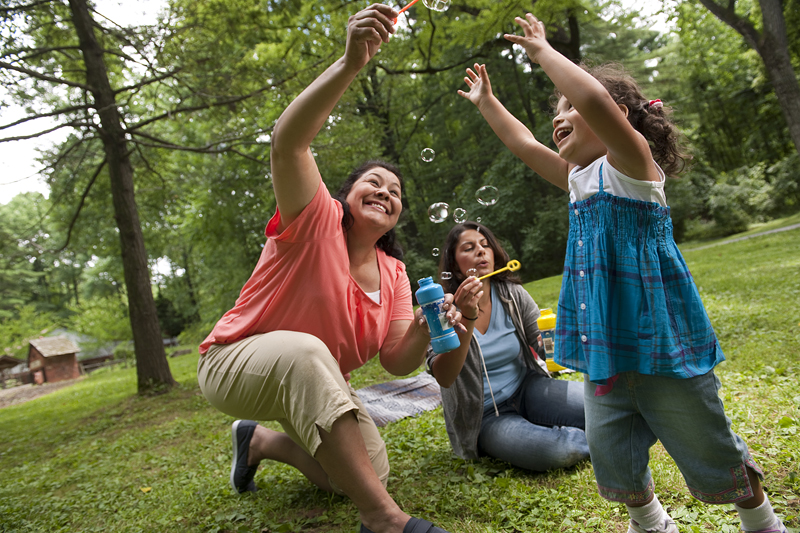You have probably heard the saying, "A family that plays together, stays together." If this saying is true, our goal must be to provide the environments and programs that support this intergenerational bonding activity. The question is, How do we, as providers of health and wellness services, achieve this goal? Two words: active aging.
The active-aging approach enables you and your organization - as well as governments, product and service providers, employers and the health care industry - to create and implement strategies that provide fitness and wellness offerings over the life span. To help guide this process, the International Council on Active Aging (ICAA) offers a roadmap with its "Nine Principles of Active Aging."
Nine Principles of Active Aging
As you develop and deliver programs and environments for the family, remember to take the following into consideration:
1. Populations: Who is your consumer? The US population is extremely diverse - from ability and age, to income and culture, to sexual orientation. How will you meet the needs and interests of the different individuals you serve? And consider how these challenges may be heightened in centers that serve multiple population segments.
2. Perceptions: Ageism, racism, and negative stereotypes are stalling the opportunity for inclusion. Moving forward means leaving old ways of thinking behind. What family programs can you offer that are inclusive and give people opportunities to discover misperceptions they may have about others?
3. People: What personnel will you need? If you offer a fitness program for grandparents and grandkids, what staff and staff knowledge will be required to run the program? With fewer people working in the field of aging, where will the workers come from if the program should need to accommodate special needs, such as those of frailer individuals or those living with disabilities?
4. Potential: With the population aging, age 50-plus consumers will dominate purchasing decisions for decades to come, creating untold business opportunities for those who attract them. What are these opportunities, and how can businesses tap them? One opportunity is to offer programs that grandparents will support. Engaging these consumers in family activity is good for the whole family - and for your bottom line.
5. Products: What products and services will you need to meet the needs and interests of multiple generations? From technology to fitness equipment, to outdoor playgrounds and fitness trails, are the products and services you use accessible and inclusive for all? Or will your choices limit the family experience?

6. Promotions: Effective promotions are important ways to inspire connections between generations. Yet marketers often earn a failing grade with the older population by being youth-oriented in their promotions. Did you know, for example, that 95% of all marketing dollars are spent on attracting people 35 years of age and younger? To be effective, promotions must be rooted in the realities of today's diverse population, including young and old, fit and non-fit, and individuals from a variety of cultures.
7. Places: Environments can encourage or discourage families in leading active, engaged lives. What environments - both indoors and outdoors - will you use to support active aging across the generations? Also, how will you create an environment that feels welcoming to all? It may make all the difference to people continuing to participate in your programs.
8. Policies: How do policy decisions affect active aging? Consider how important policies are in areas such as age discrimination, where policies can help avoid the unfair exclusion of young or old, and encourage intergenerational relationships. Are your policies inclusive, or do you need to revisit them?
9. Programs: As promoted by ICAA, the seven dimensions of wellness - physical, social, spiritual, intellectual, emotional, vocational and environmental wellness - are the backbone of active aging. They are also key to meeting the challenges of providing the wide variety of programs and environments that fulfill the needs and interests of a diverse population. What programs can you offer in each dimension of wellness that will support your family plan? One example is a program where adults mentor children through lifelong learning... Why? Research from the MacArthur Foundation Network on Aging in Society shows that children who fail to graduate high school live 10 years less than their counterparts who graduate. No matter which programs you decide to create - and there are many possibilities - focus on getting the family involved.
What is your family plan? Only you can answer this question. But the Nine Principles can help guide you in establishing your plan of action - from recognizing the populations you serve to choosing the place, products, and programs you offer to those who participate.





